I spent some time excavating my magazine basket, and came across a copy of The Writer’s Chronicle from December 2004. I must have picked it up at the Vancouver AWP conference. There was an interview in it with Annie Finch, talking about her shift from free verse to form, a transition she says took her 20 years to make.
“I wanted to be challenged more deeply as a poet, by a more profound kind of anguage resistance, and in the end I found only form could offer me that. I got tired of feeling that the content was overpowering the words themselves; I wanted more ‘opacity,’ to use Charles Bertstein’s term.”
She began using form while doing her MFA in Creative Writing, in spite of rather than because of the guidance she found there:
“…people kept saying, ‘this poem would be a lot better if you wrote it in free verse.’ But I was set on training myself to use form well, so I just kept on with it.”
She has several different strategies for choosing a form for a particular poem:
“When a line drifts into my head, I often recognize it as a certain meter or sense that it would be a good refrain line for a certain form, or a good chant line or part of a final couplet, that sense of where it might fit can be part of the sense it gives me. So, often the poem brings the structure with it… But sometimes it’s the opposite, especially with a form I am not very familiar with yet: a poem will bug me for years, and it just won’t be finished, until finally I hammer or coerce it, or let myself be coerced by it, into its right shape… And there’s a third way too. I am not one of those poets who turn up their noses at the idea of using a particular structure on purpose; the shape of some of my favorite poems came first. For example, when I wrote A Carol for Carolyn for Carolyn Kizer… I wanted to write a carol for obvious reason, and I wanted it to be in amphibrachs before I even started, because that was the hardest meter I knew and I wanted to write her something special.”
A pressing engagement to hunt Easter eggs yesterday, followed by a beautiful lamb dinner, meant I only had lunch to cope with, having been wallowing in blueberry muffins since breakfast. I was startled to find a fresh skate wing in my local grocery store, which got me thinking about the last time I’d had skate in black butter, which must have been about six years ago, at my only visit to Sheekey’s: a memorable meal — and not cheap. (We even got to do a little celebrity spotting, because Janet Street-Porter was dining there that night.) Skate is the perfect fish: delicate, easy to cook, and, for all intents, boneless. Even the recipe was easy to find. So to complicate life a little bit, and because my rosemary bushes are in full bloom and begging to be used, I also made a lemon risotto which I spiked with a handful of asparagus, just because it’s spring.
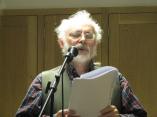

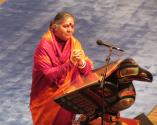

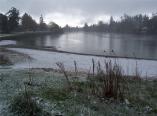
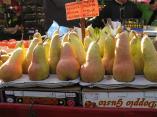
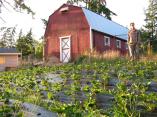
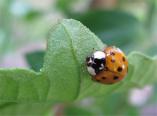
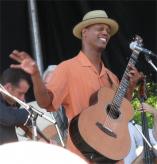
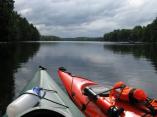

One Response to Skating into form